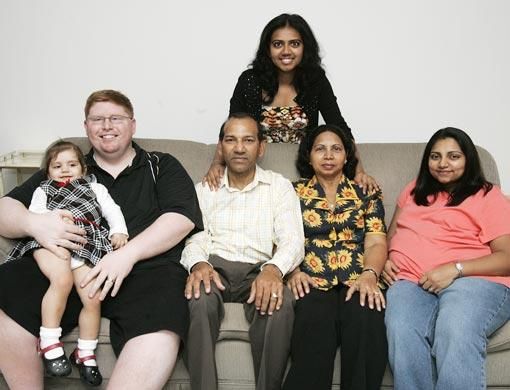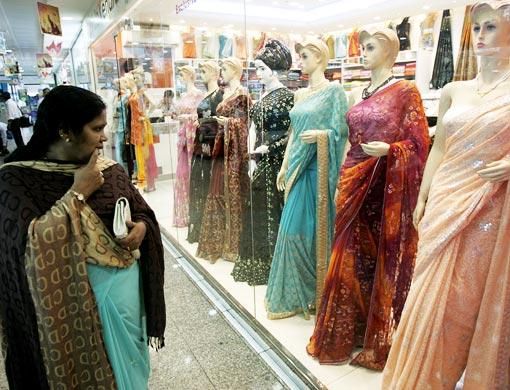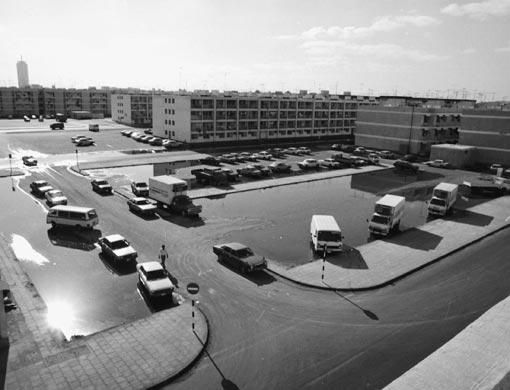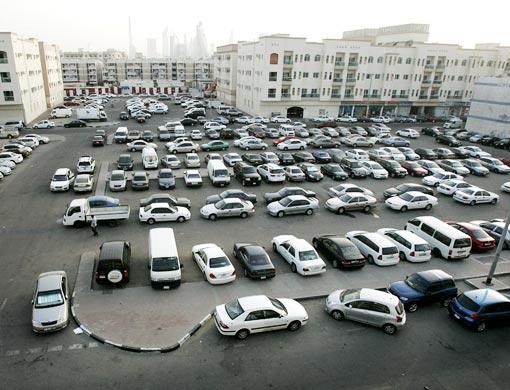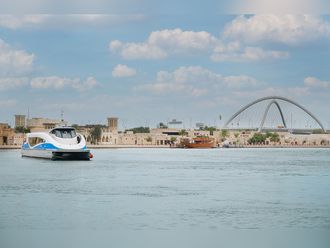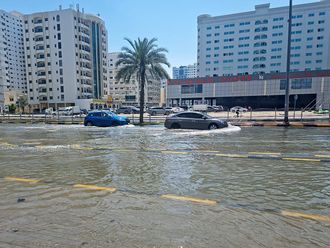Dubai: Take a walk down Karama, one of Dubai's busiest districts and you will hear people chatter in south Indian dialects and see long queues at vegetarian restaurants on the weekends.
As the sun sets, the muezzin's call to prayer echoes from the minarets of the Grand Mosque of Karama, the district dubbed by tourist guidebooks as 'Little India'.
People living in areas like Jumeirah brave the eternal traffic jams to come and shop here, looking for bargains at the market or to purchase intricately designed jewellery and dine at the many cheap eateries dotting this area. "You can eat a good meal at my place for less than Dh10," boasts a restaurant owner, one of the first to open a south Indian vegetarian restaurant here.
These days, however, Karama is becoming increasingly cosmopolitan, and is home to a growing Filipino population, while there are also restaurants catering to such diverse tastes as Russian and Korean, among others.
"Most of the shops here cater to Indians," says S.S. Arshad, property manager of the Karama Centre.
Karama Centre not only has garment and textile shops selling saris, kurta, churidar suits, dhotis, but also holds cultural activities and music programmes. You can hear Hindi and Malayalam movie songs as you window shop.
"Indians buy gold mainly as an investment," says K.R. Thomas, manager of Alukkas jewellery shop. "It gets extremely busy during festivals," he says. Indians mostly buy gold before their daughter's wedding, he adds.
But times are changing and the new generation does not care that much for gold. "They come looking for diamond sets and platinum jewellery," says Thomas. "Getting a parking space is impossible on the weekends," he adds.
Cheap housing
Karama Centre also has 120 residential apartments and on the second floor lives Nicholas D'Souza who has been working with etisalat since 1979.
"The Development Board has built cheap housing here," he says, explaining the reason why Indian expatriates started to flock here. But when he first came here, the flats were vacant. "They used to give a bunch of keys and ask us to choose the flat we want," says D'Souza. The rent then was Dh15,000 per year for a two-bedroom apartment.
But there were no streetlights and robberies were common. "We had to sweep the corridors to keep it clean," he says.
"There were hardly any cars then," he says. "It was very convenient living here; there were Indian restaurants nearby and you could get all the 'garam masalas', Indian spices. "We used to buy cardamoms and cloves and take them home to India as it was cheaper here," he says.
He was living in a housing colony of about 200 families. D'Souza moved out of the colony into Karama Centre and into his company's accommodation in 1990. "I have gotten used to this place (Karama) although getting a parking space is a nightmare, even a paid parking spot. "Many people don't like living in Karama," he says.
"There were hardly any buildings 30 years ago," says A.M. Sidharthan, who now lives here alone. "There were only sand dunes and people used to come and ride around in their quad bikes," he says.
He says that Asians came here for low cost housing. At places like Shaikh Rashid Colony the rent was about Dh5,000. "It is getting very difficult for bachelors," he says. Gulf News chatted with Edward Lobo coming out of his flat from one of the Majlis Al Ammar buildings. The buildings were built by Dubai Municipality and have now been given over to a private real estate company.
When he came here in the 80s he was paying Dh9,500 for a two bedroom flat. Today he is paying Dh42,000.
"They raised the rent twice in the past six months," says his son. Lobo lives here because it is a 30 minute walk to his workplace. "You don't get taxis here," says his son.


